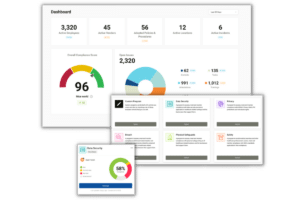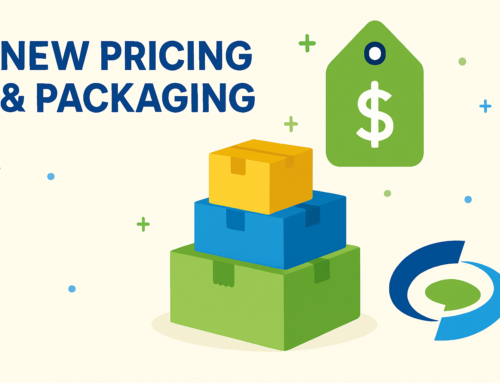
Did you know 98% of businesses are connected to third parties that have experienced a security breach? With third associations comes a higher risk of adverse security events and a higher risk of noncompliance incidents. The best way to avoid these types of negative interactions is to have access to a well-defined vendor management policy. Doing so safeguards your organization and ensures your vendor list aligns with the security and compliance standards that apply to your business.
Let’s look at the fundamental aspects of a vendor management policy, why it’s needed, the risks associated with its absence, and how to conduct a vendor security risk assessment to put your business further ahead.
Understanding a Vendor Management Policy
A vendor management policy is a primary way to avoid the cons of outsourcing some of your business’s needs. This policy type is a crucial framework that outlines the different processes and protocols companies would use to manage their third-party vendors and mitigate potential risks.
While they do come with multiple risk factors, using a third party also comes with significant benefits, such as:
- Providing more cost-efficiency
- Reducing overall overhead operational costs
- Allowing access to specific expertise
- More operational flexibility
Healthcare businesses can increase their earning by outsourcing some of their needs. However, if a data breach occurs, it can also cost more per compromised record.
The pros often outweigh the cons when using third-party vendors. To add more protection to these partnerships, you can expect vendor management policies to offer:
- Improved transparency and vendor relationships
- Better opportunity to mitigate risks
- Cost control and protection from hidden costs
- Faster onboarding processes
Having this policy type ensures vendors comply with regulatory requirements and organizational standards. Overall, it provides guidelines for engaging, assessing, and monitoring your work with vendors over time. By implementing a robust vendor management policy and an automated system to house your policies and tracking efforts, you can better maintain control over your supply chain while boosting consumer trust in your products and services.
Why Your Business Needs a Vendor Management Policy
Having a vendor management policy is essential for improving your relationships with vendors and protecting your financial assets by having everything in writing. This approach provides a structure for evaluating potential vendors and ensuring they meet specific security and compliance standards before engagement.
Usually, this evaluation includes using a vendor security assessment, which helps identify potential vulnerabilities that could compromise an organization’s data or systems. Overall, having transparent preliminary steps in place will give you more peace of mind.
What Is a Vendor Security Risk Assessment, and How Does It Work?
A vendor security risk assessment is a systematic evaluation. This evaluation specifically assesses a vendor’s security practices, which helps identify potential risks they might pose to a business. More specifically, a vendor risk review evaluates a vendor’s ability to protect your business’s sensitive data. The assessment involves reviewing the vendor’s policies, procedures, and all controls related to compliance, data security, and overall privacy.
How the Assessment Works
A questionnaire is often used to gather needed vendor information. The process generally begins with assessing their security practices, and other elements will follow, from their financial data to their existing policies. Aside from questionnaires, this information can also be gathered through audit reviews and interviews with the vendor directly.
The gathered information will then need to be compared to the business’s standards in terms of policy and security, and anything else applicable to the organization. After comparing the vendor’s information with your standards, this will help you to identify any gaps or areas of significant vulnerabilities that could put your business at high risk of adverse events.
From this point, businesses will better understand whether they should pursue a contract with a vendor, if they have improvements they want to suggest and have addressed, or if they should pursue alternative vendors.
Vendor Management Made Simple
Finding ways to manage and consistently monitor vendor documents can seem difficult, considering the steps necessary to vet the vendors. Having access to the right compliance software makes a significant difference between manually managing vendor relations and automating. You can gain access to BAA management and simplified vendor security risk assessment management solutions all on one user-friendly interface. Working with vendors should be simple.
Learn more about making simplicity more possible today.









